Cineraria Blue Daisy Info – How To Grow Blue Daisy Plants
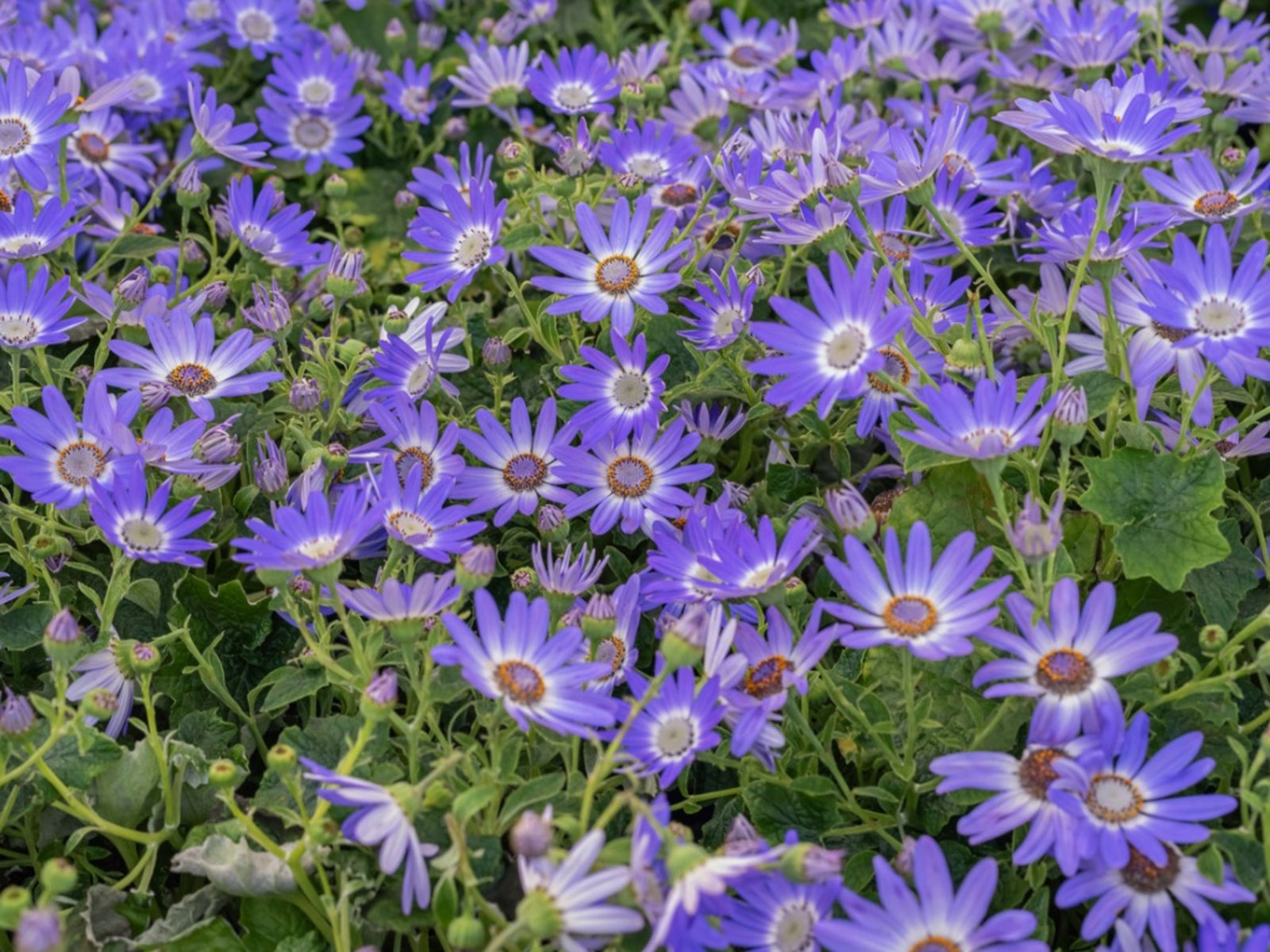

Cineraria blue daisy (Pericallis X hybrida) is a bold colored perennial in the aster family. Hardy in USDA zones 9 through 11, the plant is grown as an annual or houseplant north of those zones. The mounding green foliage covers itself with solid or bicolor blooms in winter and spring. Blue daisy plants also are called cineraria, common ragwort, or florist's cineraria.
Blue Daisy Flowers
Many of the daisy like hybrids feature vivid colors with a contrasting eye. Once only bright colors such as blue and purple were available, but now multiple colors are offered. They are easy to propagate from seed or cuttings.
A favorite in the floral trade, blue daisy plants are forced to bloom in winter and early spring. Blue daisy flowers are often given as gifts that bloom through the winter. They can be hard to rebloom, so blue daisy plants are often discarded after the flowers fade. However, with the right care, they can move outdoors in spring and continue to bloom in cool but frost-free weather.
Growing Florist’s Cineraria: Learn About Blue Daisy Care
Blue daisy care includes attention to precise watering, neither too much nor too little. Soil should be kept moist, but very well-draining. Too much water can lead to root rot. Too little water will diminish flowering.
Indoors, blue daisy needs bright, filtered light with ideal temperatures from 60 to 65 degrees F. (16-18 C.). It requires high humidity, but not by wetting the leaves. A pebble tray will increase the humidity around the plant as well as grouping several plants together.
Fertilizer designed for blooming plants may be added following package instructions. Outside, cineraria blue daisy excels in a soil rich with organic matter in a part shady location. Blue daisy is perfect for a spring patio container.
Plants typically reach about 1 foot tall by 1 to 2 feet wide (31 cm. tall by 31-61 cm. wide). Popular cultivars include ‘Cindy Mix,’ ‘Sonnet Mix,’ ‘Tourette Mix,’ and ‘Venus.’
Gardening tips, videos, info and more delivered right to your inbox!
Sign up for the Gardening Know How newsletter today and receive a free copy of our e-book "How to Grow Delicious Tomatoes".
Problems can include diseases such as powdery mildew, gray mold, fungal crown and root rots, rust, and viruses. Pests such as thrips, whiteflies, aphids, and mites can be bothersome.

After graduating from Oklahoma State University with a degree in English, Susan pursued a career in communications. In addition, she wrote garden articles for magazines and authored a newspaper gardening column for many years. She contributed South-Central regional gardening columns for four years to Lowes.com. While living in Oklahoma, she served as a master gardener for 17 years.
-
 Grow ‘Karl Rosenfield’ Peony Plants For The Ultimate Frilly Border Beauties And Cut Flowers
Grow ‘Karl Rosenfield’ Peony Plants For The Ultimate Frilly Border Beauties And Cut FlowersFor frilly double magenta peony petals infused with a heady fragrance, grow ‘Karl Rosenfield’ peony plants. Here’s how to cultivate the ultimate plushy blooms
By Tonya Barnett
-
 10 Common Composting Problems That Can Spoil Your Garden Gold – Plus Easy Fixes
10 Common Composting Problems That Can Spoil Your Garden Gold – Plus Easy FixesLearn how to troubleshoot common composting issues before they ruin your stash – from bad smells and bugs to materials not breaking down as they should.
By Susan Albert
-
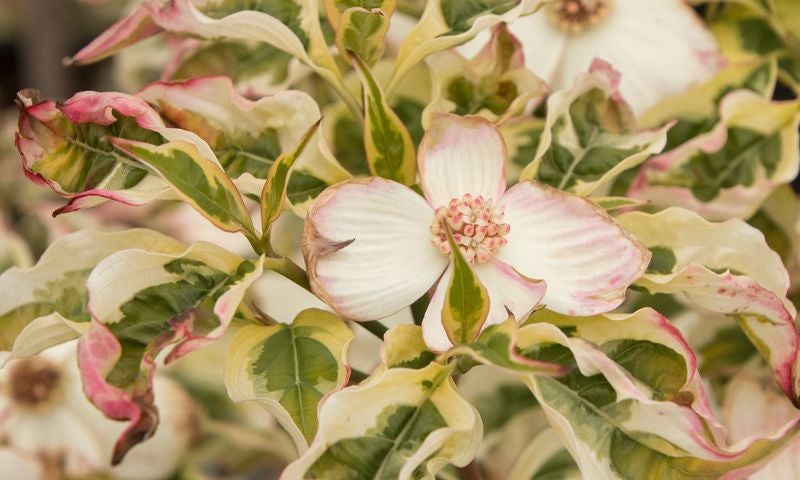 20 Hard-to-Find Spring Flowers & Plants That Look Amazing All Season
20 Hard-to-Find Spring Flowers & Plants That Look Amazing All SeasonIt’s finally beginning to look like spring! If you’re eager to find some unique, hard-to-find varietals to satisfy your spring fever, look here first.
By Caroline Bloomfield
-
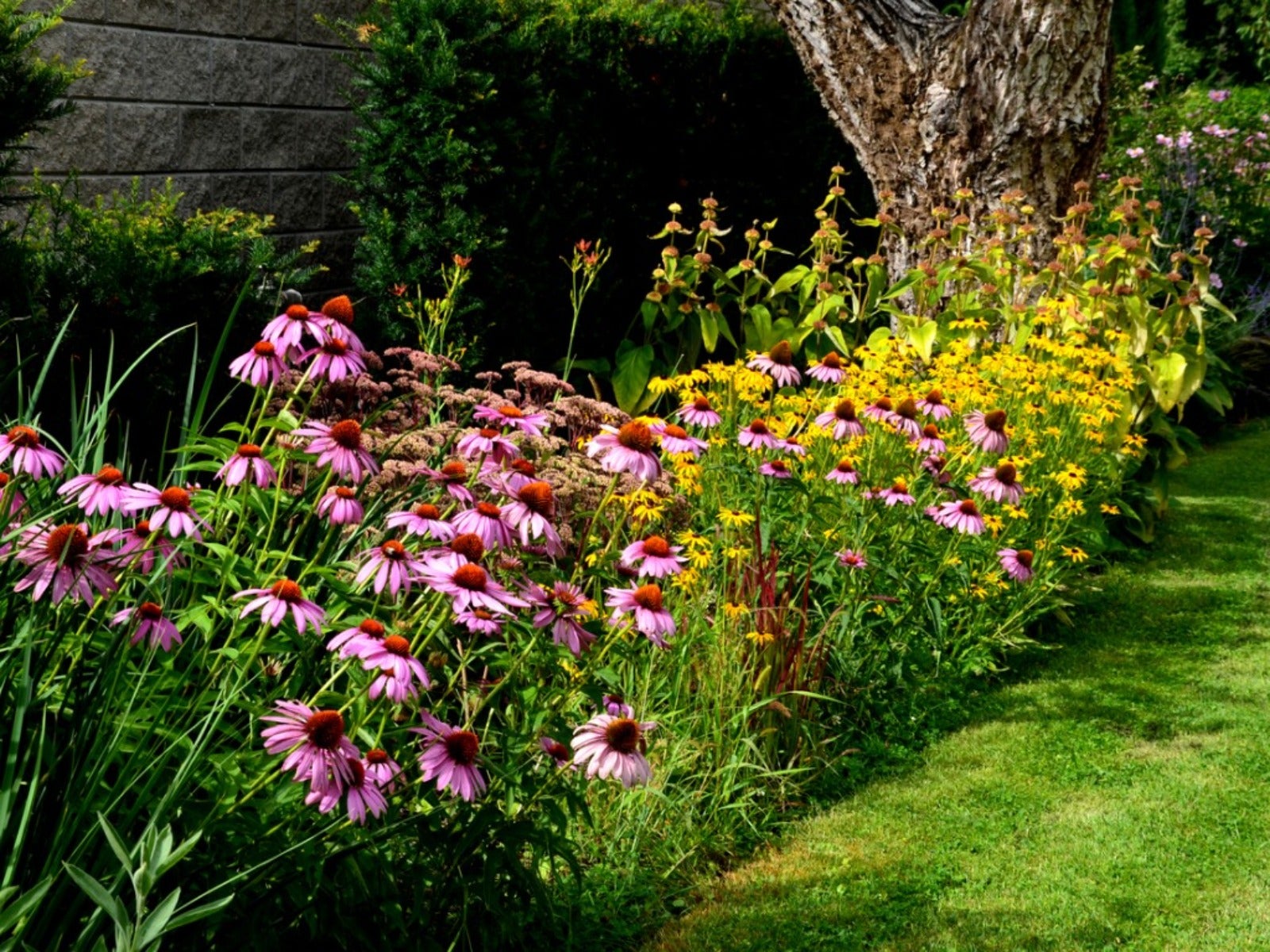 How Wildflower Strips Help Attract Pollinators To Your Yard
How Wildflower Strips Help Attract Pollinators To Your YardIf you have a small garden spot or strip available, fill it with wildflowers for our hungry pollinators. Click to learn more.
By Tonya Barnett
-
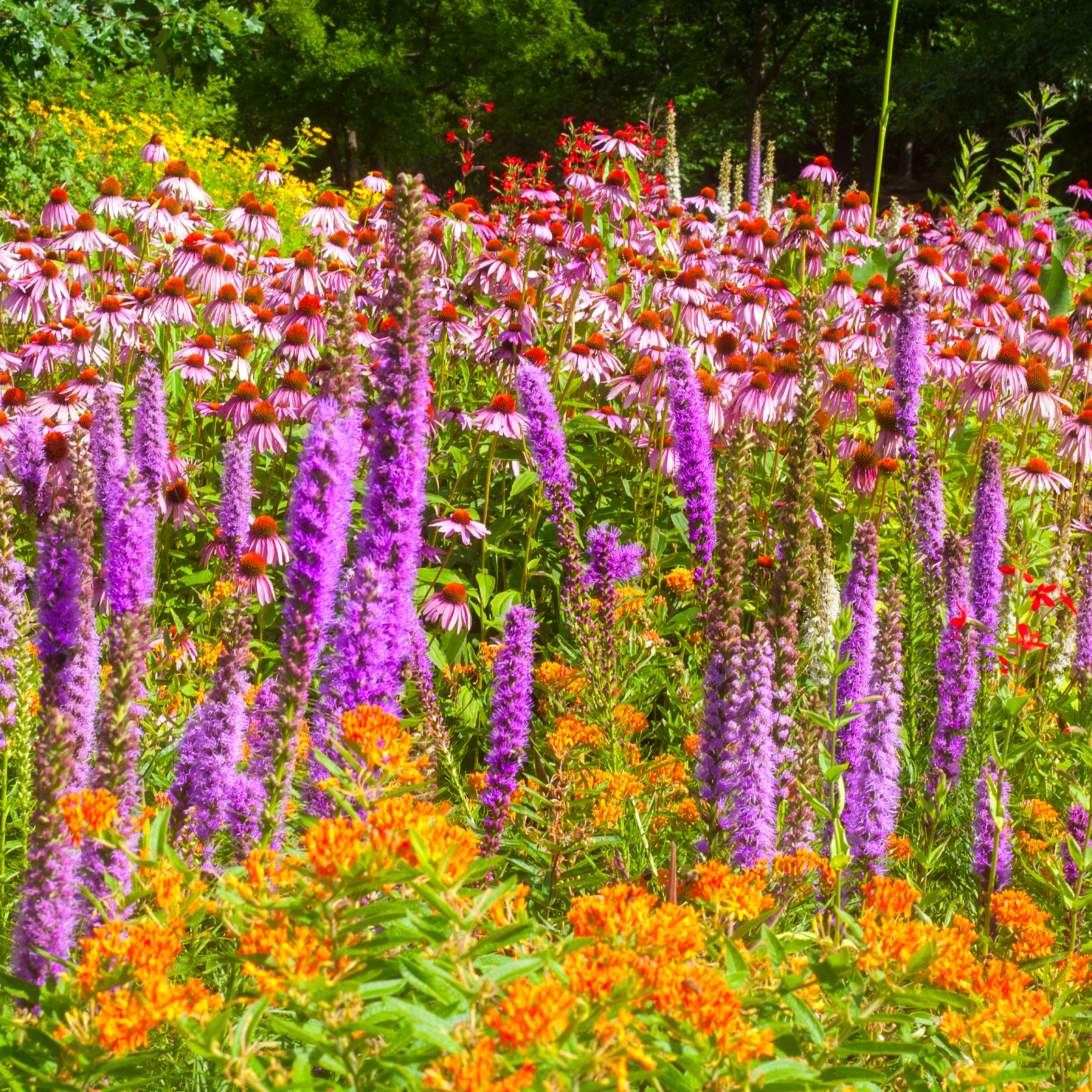 10 Knockout Native Flowers To Add A Punch Of Color To Your Garden
10 Knockout Native Flowers To Add A Punch Of Color To Your GardenGrowing native is the way to go. See our list of ten native wildflowers that will knock you out with color.
By Amy Grant
-
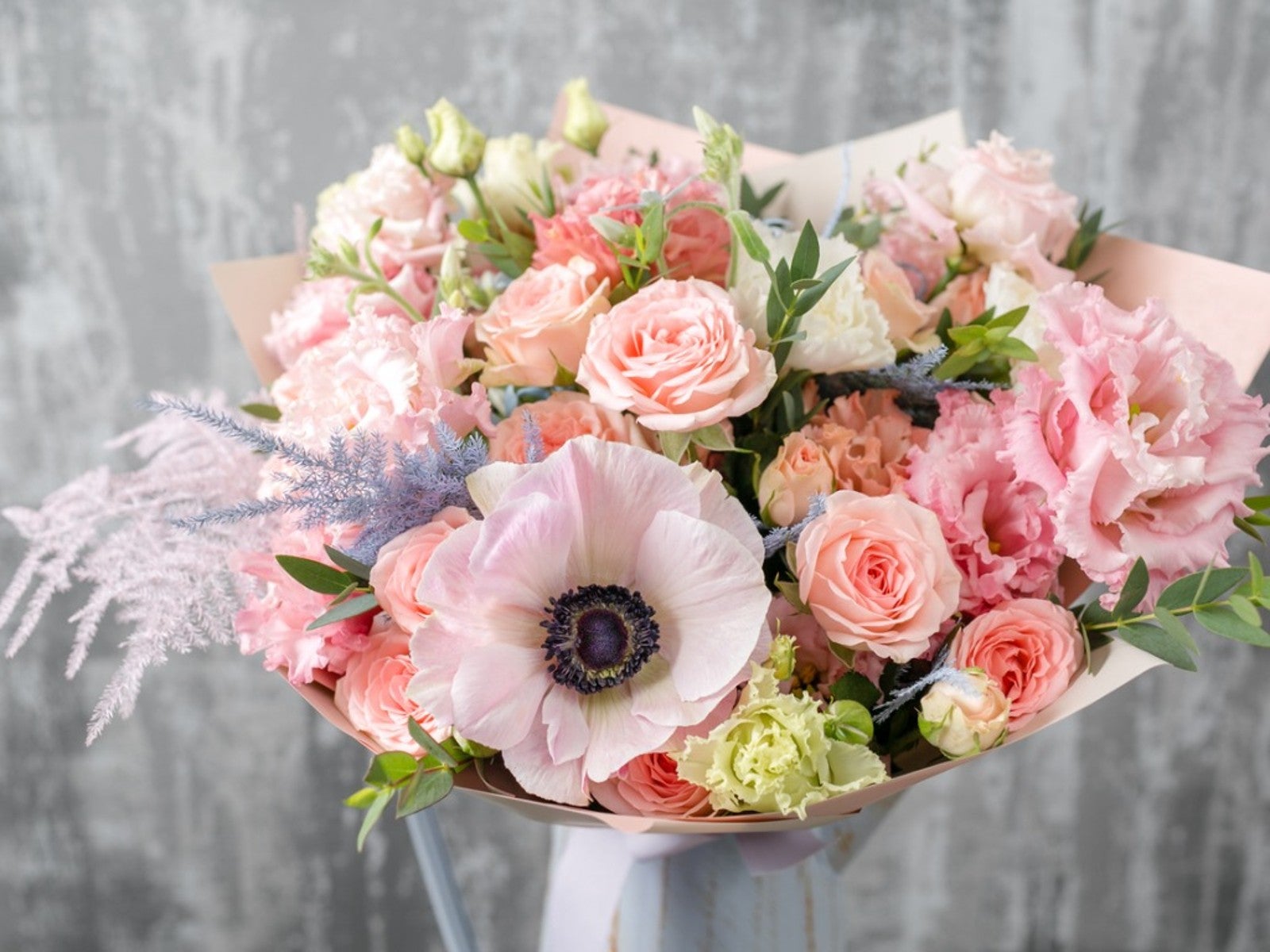 Pretty Plants For A Pastel Flower Bouquet
Pretty Plants For A Pastel Flower BouquetRoses aren’t the only romantic flower. Some romantic pastel flowers can fill in beautifully.
By Tonya Barnett
-
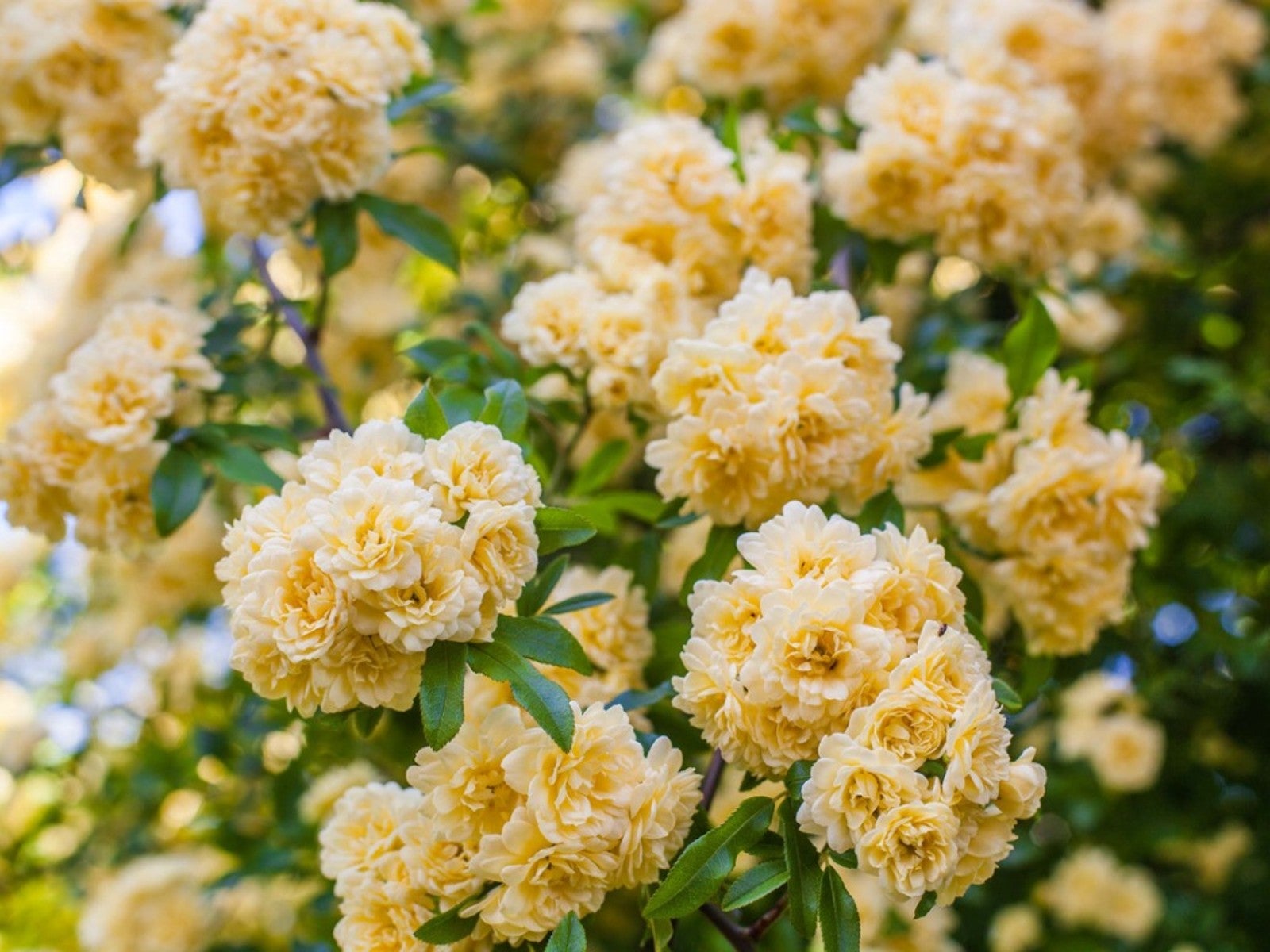 Soft Yellow Plants For A Sunny Pastel Garden
Soft Yellow Plants For A Sunny Pastel GardenClick here for ideas on some pale yellow flower varieties for pastel garden designs.
By Tonya Barnett
-
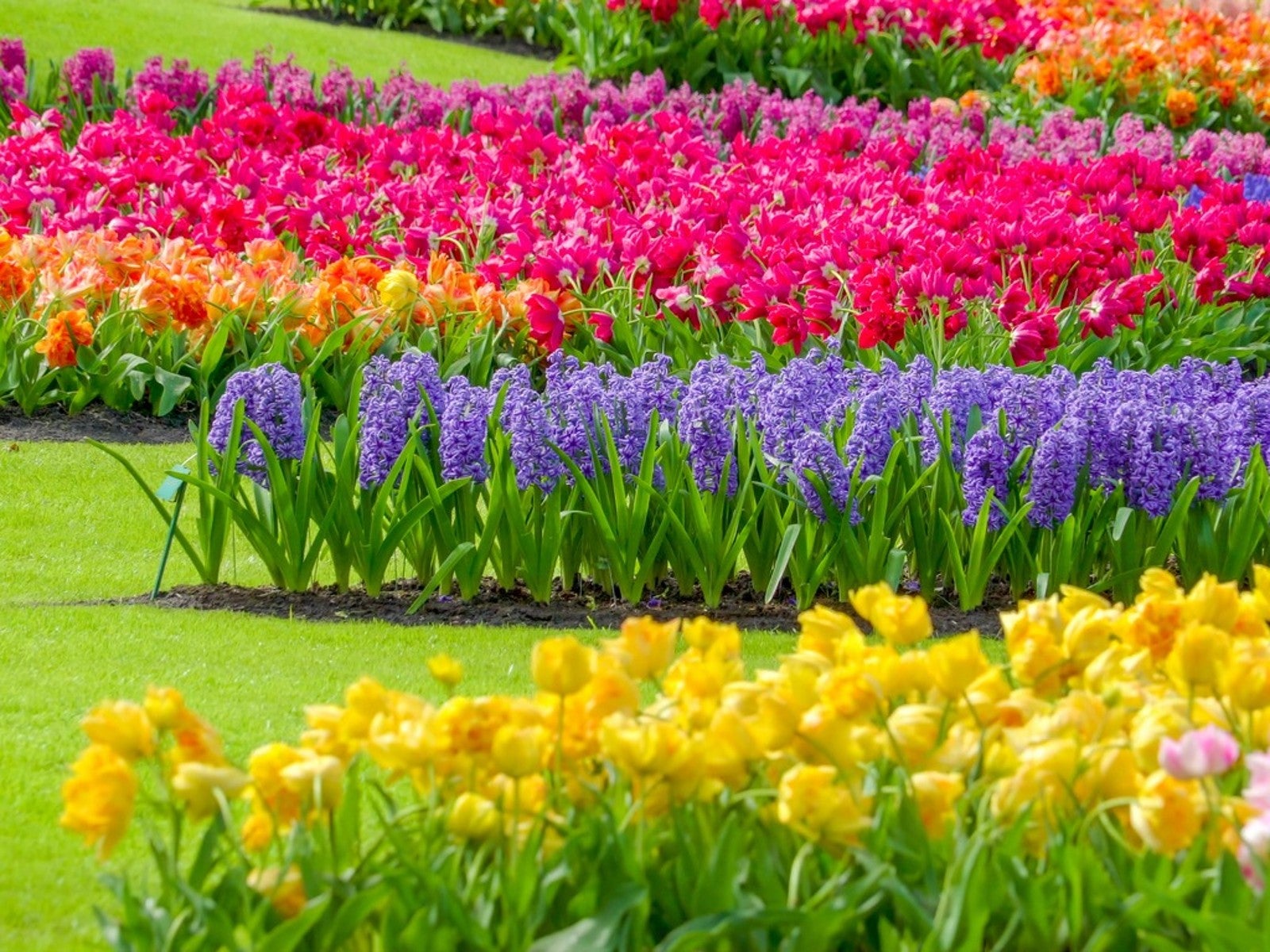 Most Common Flower Color In The World
Most Common Flower Color In The WorldWhat are the most common and least common flower colors in the world? Click here to find out.
By Mary Ellen Ellis
-
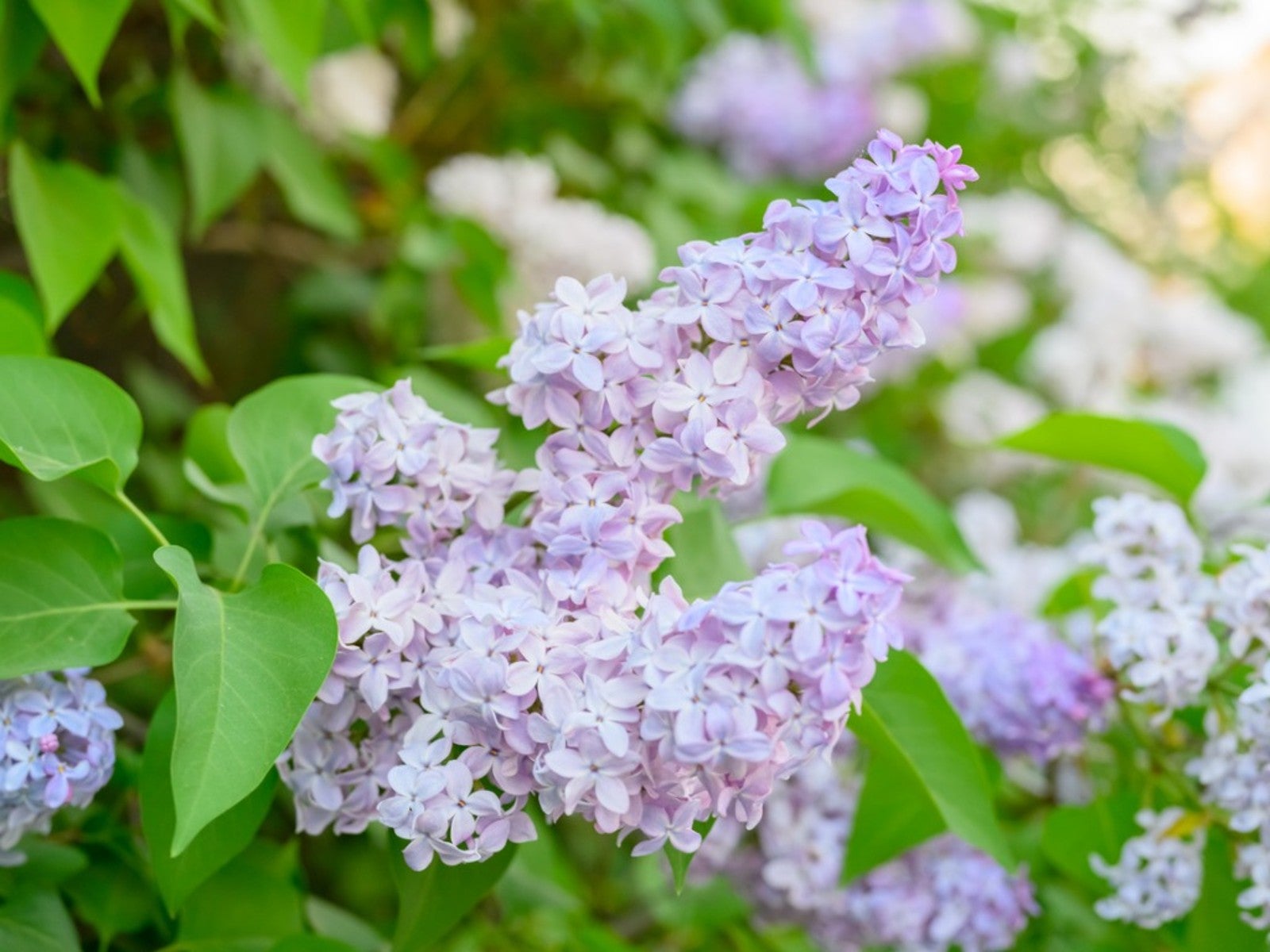 Pastel Plants For A Lovely, Light Purple Flower Garden
Pastel Plants For A Lovely, Light Purple Flower GardenClick here for ideas on some light purple plants for a pretty, pastel garden display.
By Tonya Barnett
-
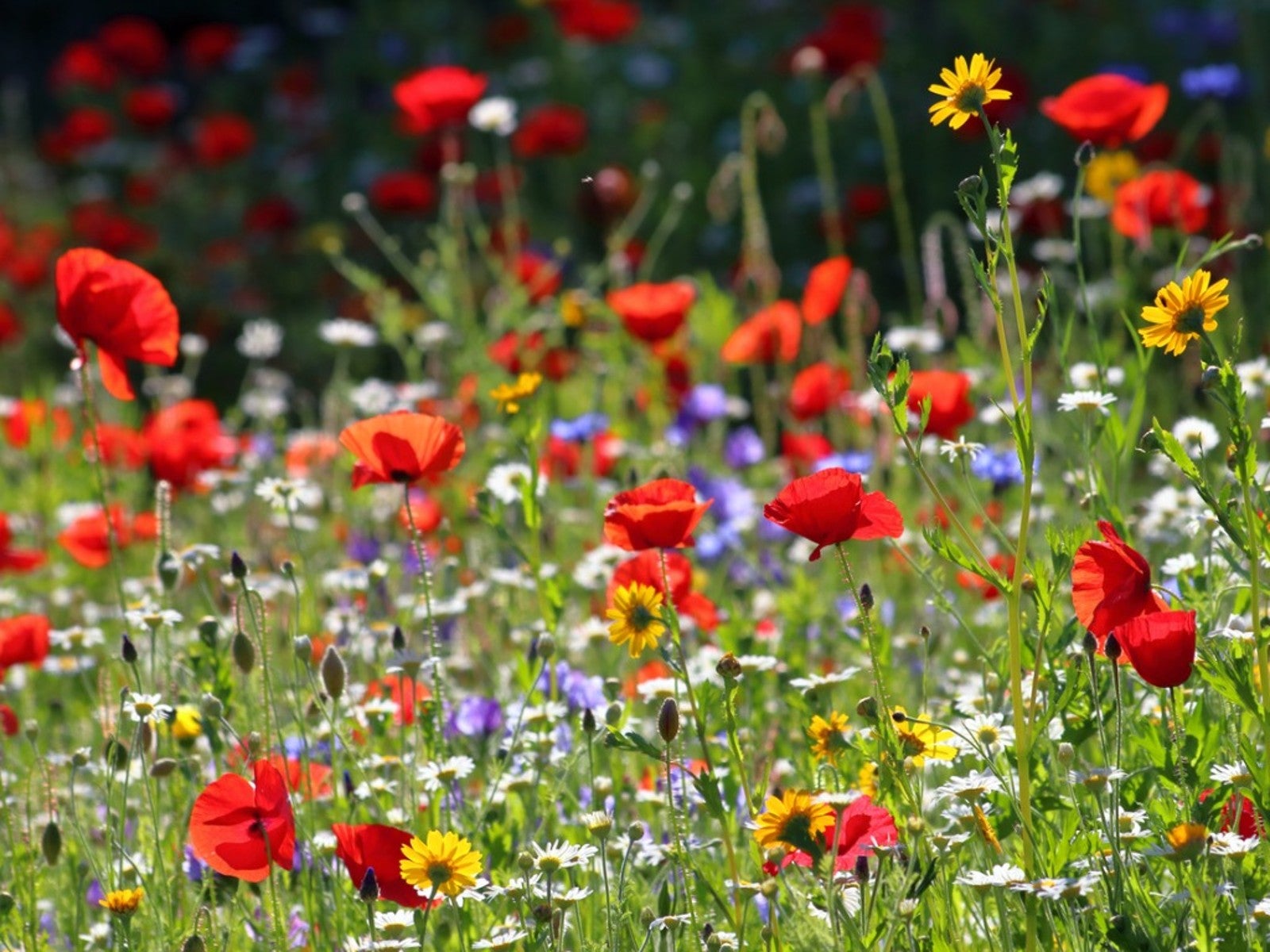 Plant Wildflower Seeds In Fall for A Stunning Spring Display
Plant Wildflower Seeds In Fall for A Stunning Spring DisplayCan you plant wildflower seeds in fall? What makes fall the best time to sow wildflower seeds? Click here for more.
By Tonya Barnett